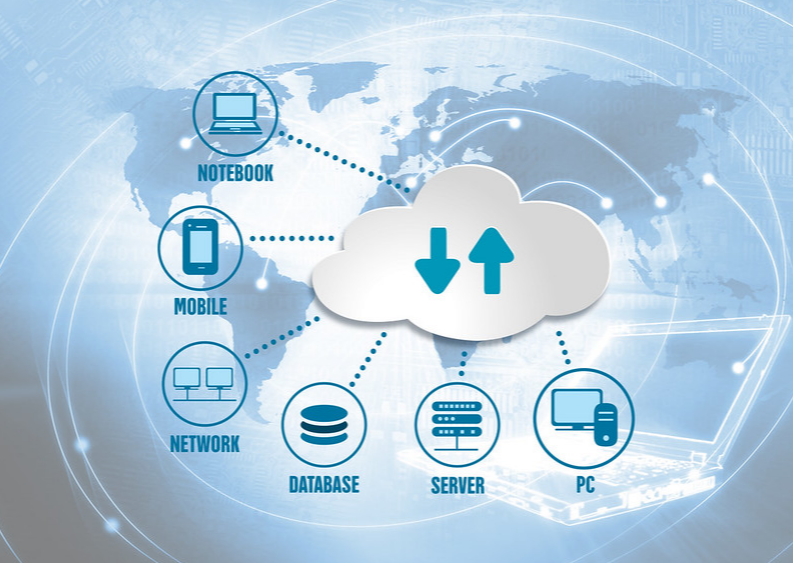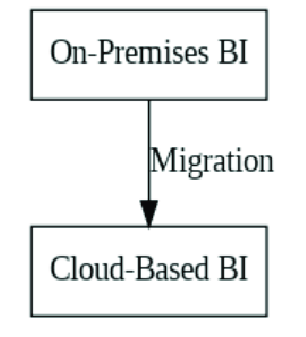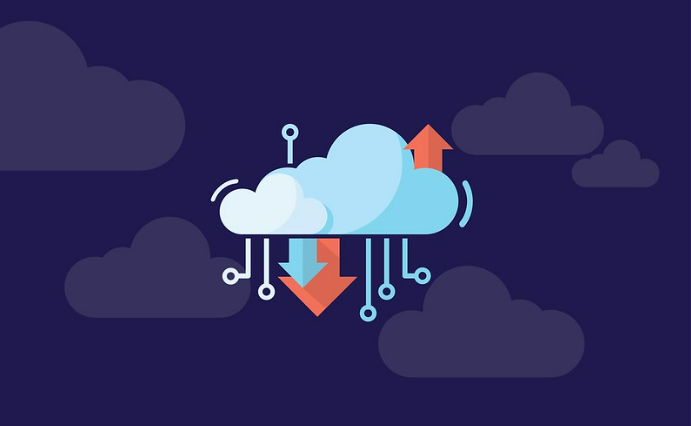Cloud migration might seem like a daunting prospect, especially when enterprises have been running their own infrastructure for years. However, there’s real promise for organizations across industries in moving to the cloud, especially with so many companies now featuring remote teams...
From budget savings to scalability, the cloud can help businesses streamline and simplify processes.
However, the cloud is not a “magic bullet” option and migrations need to be carefully planned, with teams having complete knowledge of what to expect. There are many misconceptions and myths around cloud computing, which could hinder an enterprise from achieving the optimal results from having moved to the cloud.
In this article, we debunk the common myths that could possibly prevent businesses from leveraging cloud services wisely and fully and focus on how a well-planned and executed cloud adoption strategy.

Myth: Cloud Adoption Causes Loss of Control
One of the most common objections to cloud migration is some or the other variation of “being at the mercy of the cloud provider.” While cloud adoption does increase the risks of vendor lock-in, these risks are often overestimated. Think of it as renting an apartment: all the contents brought are yours, and you can even make changes to the premises with the landlord’s approval —change the flooring, repaint the walls, etc. The logic is similar in cloud computing — enterprises will still own their applications and data, despite being hosted by a third party.
They will be provided with a set of predefined “structures” — security services, virtual machines (VMs), and data storage services — that they can use to design the optimal solution for their businesses. Moreover, the degree of assumed responsibilities also differs based on the cloud computing service model chosen:
- Platform as a Service (PaaS): With PaaS, development teams gain access to operating systems, virtual servers, data storage, user interface elements, and development kits(SDKs) they need to create new applications.
- Infrastructure as a Service (IaaS): In this, the cloud provider will manage all the underlying computing resources, hardware, and network.
- Software as a Service (SaaS): This enables applications to run in the cloud infrastructure.
In all cases, enterprises will still actively decide on how their data is stored, where new applications get deployed, and which services or resources they need.
Last but not least, not every asset needs to go into the cloud. Many enterprises still retain on-premises infrastructure for supporting databases or legacy apps containing sensitive data. As a matter of fact, 48% of businesses operate in a largely hybrid fashion, combining on-premises resources with one or more public clouds.

Myth: Cloud Migration Causes More Data Security Risks
One of the cloud computing myths that has been around the longest is decreased public cloud security. However, this myth is deeply rooted in the fact that the cloud security model is misunderstood. Cloud service providers (CSPs) practice shared responsibility security models where every provider invests in hardening their virtual assets and physical infrastructure continuously.
Most CSPs employ best-in-class cybersecurity for developing and maintaining the security of their solutions and developing new security tools for customers. However, the wrinkle is that cloud security hinges on the diligence of the enterprises in implementing the recommended security configurations and controls.

The issue? Many fall short in this arena, with Gartner predicting that 99% of all cloud security failures in 2025 will be the customers’ fault. In fact, most of the prominent cloud security breaches in the past were a result of poor security configurations by the customer.
However, it is the organizations that are responsible for exerting the proper security controls in the cloud. They need to implement cloud security monitoring, proper access and identity controls, and clear policies on data storage, as well as secure all endpoints to ensure ongoing compliance with the corporate regulatory policies and security requirements.

Myth: Cloud Migration is Always Disruptive and Complex
Yes, while cloud migration can be complex, it need not, or rather, should not be so. At the surface level, there are a lot of moving parts, which include security and infrastructure monitoring implementation, cloud storage systems design, selection of the migration strategy, and initial assessment of available assets, among others.
All of these should be organized on the enterprises’ cloud migration roadmap, which is a strategic document that outlines the business objectives, cases, and methods for cloud adoption. Also, businesses can start smaller; the initial roadmap does not have to span over the entire infrastructure and document the goals for the next decade.
The idea is to have a sequential approach to cloud migration, starting with a bunch of pre-qualified workloads or apps to serve as proof of concept (PoC). This allows businesses to secure a few quick wins, polish frameworks, and processes, and be better prepared for the next phase. When it comes to moving to Cloud, it can be hard to construe what’s real and what’s simply hype. Yes, the cloud is not a panacea, but it does offer a whole lot of compelling benefits.
Understanding the ground realities behind these common myths allows businesses to make informed decisions about whether cloud migration is right for them.
In case you missed:
- Has Private Cloud Made Its Comeback?
- Edera: An All-Women Startup Revolutionising Cloud And AI Infrastructure Security
- Zero Trust Architecture: The Next Big Thing In Security
- The Cloud Cost Conundrum: Is Cloud FinOps the Answer?
- Hiding In The Dark: Navigating The Threat Of Shadow AI
- Can AI Modernise Legacy Systems?
- Keeping Your Tech Tidy: Tips For Data Backup And Safety
- The Good Samaritan: A Complete Guide To Ethical Hacking
- Cryptocurrency Cloud Mining: How Does It Work?
- Why You Should Use Password Managers in 2025










